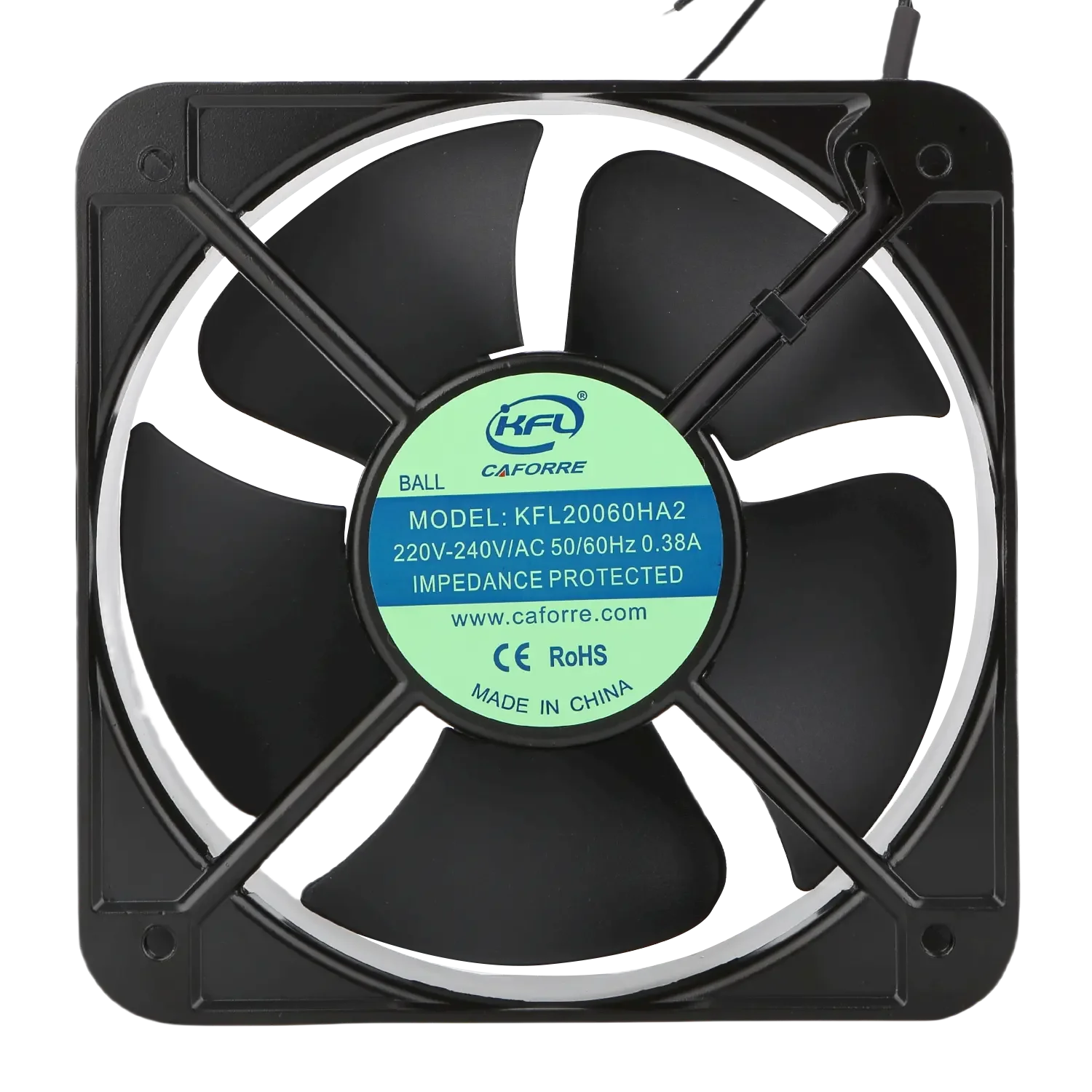In the realm of scientific research and experimentation, safety is paramount. Laboratories are often filled with hazardous materials, complex equipment, and intricate procedures that, if not handled properly, can lead to accidents or even catastrophic events. Therefore, it is crucial to establish a comprehensive safety procedure that must be adhered to before leaving the lab. This article delves into the essential safety protocols that every lab personnel should perform, ensuring a secure environment for themselves and their colleagues.
- Conduct a Thorough Visual Inspection
Before vacating the lab, a meticulous visual inspection is essential. This involves checking all workspaces, equipment, and storage areas for any potential hazards. Look for:
- Chemical Spills: Ensure that all spills are cleaned up according to the Material Safety Data Sheet (MSDS) guidelines. Use appropriate absorbent materials and dispose of them in designated waste containers.
- Equipment Status: Verify that all equipment is turned off and unplugged if necessary. This includes centrifuges, water baths, and any other electrical devices that could pose a risk if left running unattended.
- Waste Disposal: Confirm that all hazardous waste has been disposed of in accordance with institutional protocols. This includes ensuring that chemical waste is in the correct containers and that biohazardous materials are properly labeled and stored.
- Secure All Chemicals and Biological Materials
Proper storage of chemicals and biological materials is critical for maintaining a safe laboratory environment. Before leaving, ensure that:
- Containers are Sealed: All chemical containers should be tightly sealed to prevent leaks or spills. This is especially important for volatile substances that may evaporate or react with air.
- Biological Samples are Properly Stored: Ensure that all biological samples are stored at the correct temperature and in appropriate containers. This includes placing samples in designated refrigerators or freezers and ensuring that they are clearly labeled.
- Inventory Check: Conduct a quick inventory check to ensure that all materials are accounted for. This helps prevent the accidental loss of hazardous materials and ensures that the lab is prepared for future experiments.
- Review Safety Equipment and Emergency Protocols
Familiarity with safety equipment and emergency protocols is vital for ensuring a safe laboratory environment. Before leaving, take a moment to:
- Check Safety Equipment: Ensure that all safety equipment, such as eyewash stations, safety showers, and fire extinguishers, are in good working order. Report any deficiencies to the appropriate personnel immediately.
- Review Emergency Exits: Familiarize yourself with the location of emergency exits and ensure that they are unobstructed. In the event of an emergency, quick access to exits can save lives.
- Know Emergency Procedures: Review the emergency procedures for your lab, including evacuation routes and protocols for dealing with chemical spills or exposure. Make sure that all personnel are aware of these procedures.
- Communicate with Team Members
Effective communication is a cornerstone of laboratory safety. Before leaving the lab, ensure that you:
- Inform Colleagues: Let your colleagues know that you are leaving and whether any ongoing experiments require attention. This helps maintain continuity and ensures that no critical tasks are left unattended.
- Document Findings: If you conducted experiments or made observations, document your findings in the lab notebook or digital records. This not only aids in future research but also ensures that information is available for others who may work in the lab.
- Report Any Issues: If you encountered any safety concerns or incidents during your time in the lab, report them to your supervisor or safety officer. Prompt reporting can prevent future accidents and improve overall lab safety.
- Personal Safety Measures
Finally, personal safety measures should not be overlooked. Before leaving the lab, ensure that you:
- Remove Personal Protective Equipment (PPE): Safely remove and store your PPE, such as gloves, lab coats, and goggles, following the appropriate disposal protocols. This helps prevent contamination and ensures that equipment is ready for the next user.
- Wash Hands Thoroughly: Always wash your hands with soap and water before leaving the lab, even if you wore gloves. This simple step can significantly reduce the risk of transferring hazardous substances outside the lab environment.
- Reflect on Safety Practices: Take a moment to reflect on your safety practices during your lab session. Consider what went well and what could be improved for future experiments. Continuous improvement is key to maintaining a safe laboratory environment.
Conclusion
In conclusion, adhering to a comprehensive safety procedure before leaving the lab is not just a best practice; it is a fundamental responsibility of every lab personnel. By conducting thorough inspections, securing materials, reviewing safety protocols, communicating effectively, and practicing personal safety measures, you contribute to a culture of safety that protects not only yourself but also your colleagues and the broader community. Remember, safety is a shared responsibility, and every action counts in creating a secure laboratory environment.

